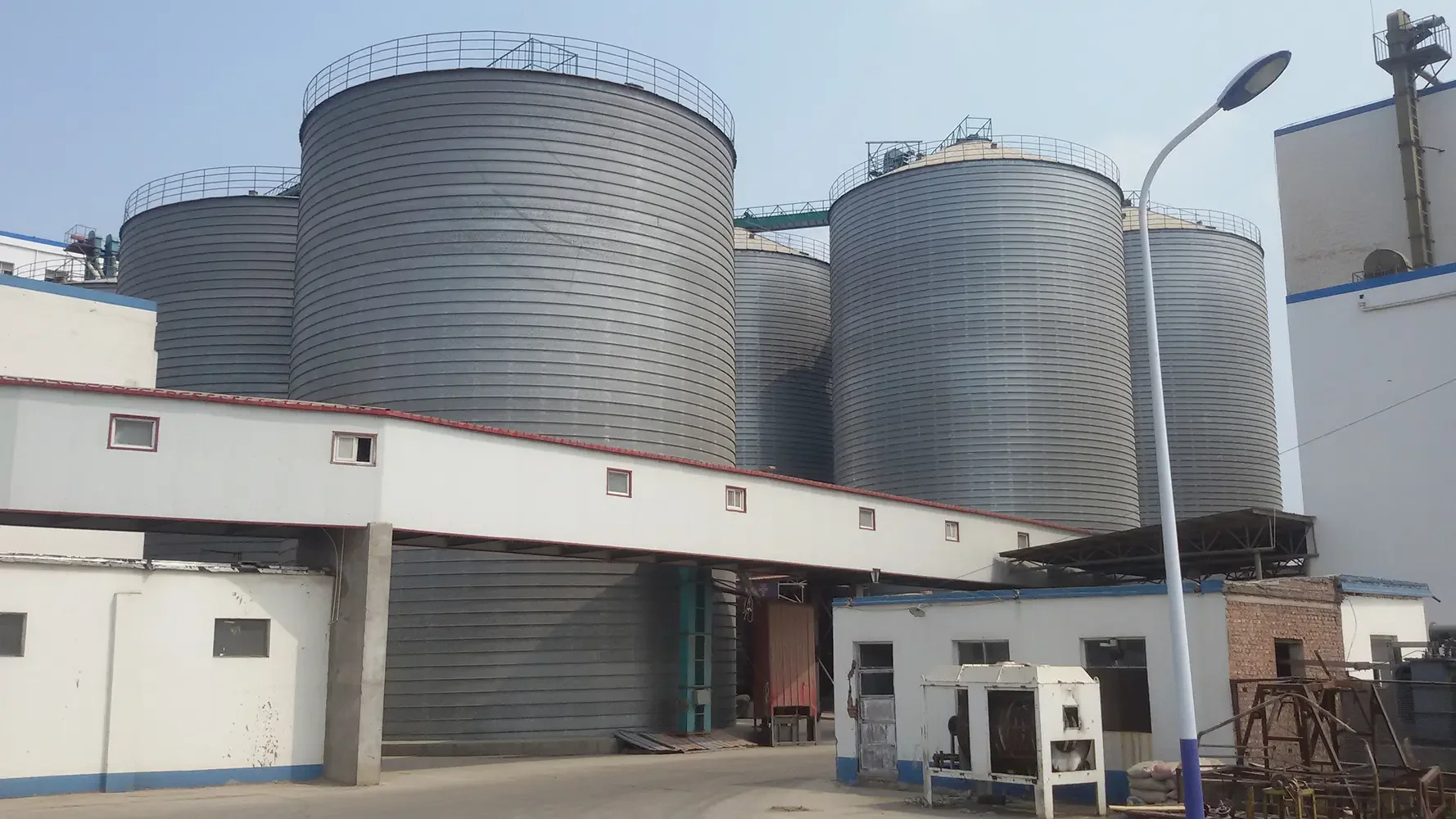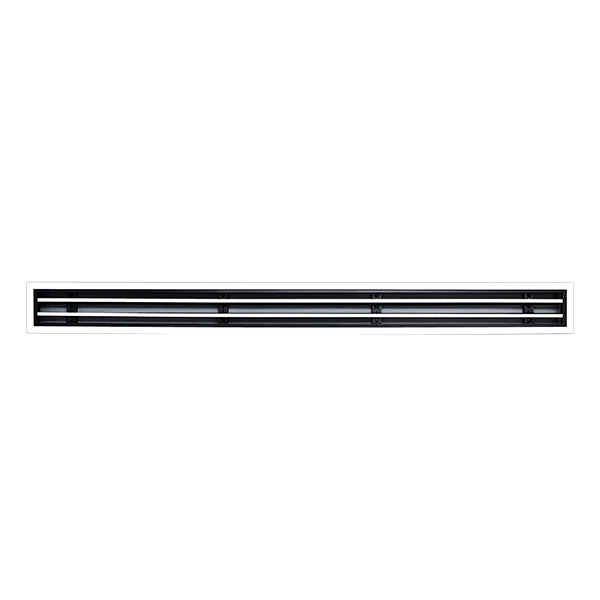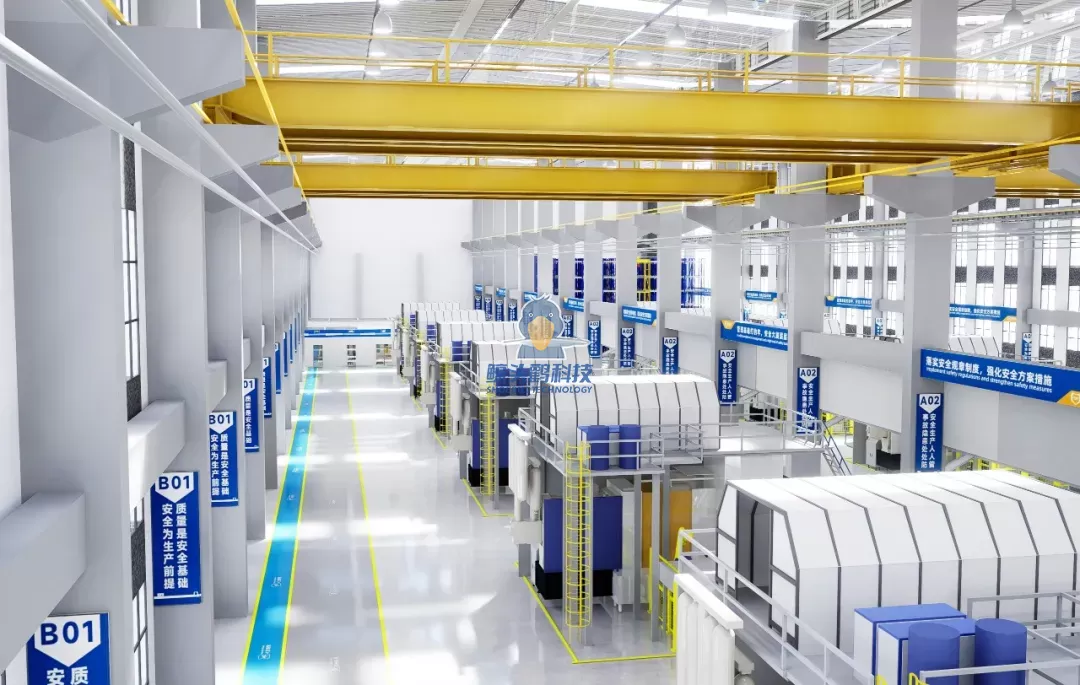In the bustling world of industry, where production lines hum with activity and machinery whirs with purpose, one might not immediately think about the air they breathe. Yet, the quality of air within these environments is crucial not only for the health of workers but also for the efficiency and sustainability of industrial processes. This is where industrial fume extractors come into play. But do these machines truly make a difference? Let's delve into the world of industrial fume extraction to find out.
What Are Industrial Fume Extractors?
Industrial fume extractors are systems designed to capture, filter, and remove airborne contaminants from industrial processes. These contaminants can include dust, smoke, fumes, and vapors that are byproducts of various manufacturing activities. The extractors are essential in maintaining a safe and healthy work environment, as well as in complying with environmental regulations that mandate the control of air pollution.
The Importance of Air Quality in Industry
Air quality is a critical factor in industrial settings. Poor air quality can lead to a range of health issues for workers, including respiratory problems, skin irritations, and even more severe conditions like cancer, depending on the type of contaminants present. Moreover, airborne contaminants can also damage machinery, affect product quality, and reduce the overall efficiency of production processes.
How Industrial Fume Extractors Work
The operation of industrial fume extractors typically involves several stages. Initially, the extractors capture the fumes at the source of emission, often using hoods or ducts that are strategically placed around the machinery. This capture stage is crucial as it prevents the spread of contaminants into the wider workspace.
Following capture, the contaminated air is passed through a filtration system. Depending on the nature of the contaminants, different types of filters may be used. These can include mechanical filters, electrostatic precipitators, or even chemical scrubbers. The filtration process removes or neutralizes the contaminants, ensuring that the air released back into the environment is clean and safe.
Types of Industrial Fume Extractors
There is a variety of industrial fume extractors available, each tailored to specific types of contaminants and industrial processes. Some of the common types include:
Wet Scrubbers: These extractors use a liquid to trap and remove contaminants. They are particularly effective for capturing particulate matter and some gases.
Dry Scrubbers: Unlike wet scrubbers, dry scrubbers use a solid sorbent material to capture contaminants. They are suitable for gaseous pollutants.
Cyclone Collectors: These extractors use centrifugal force to separate particles from the airstream, making them effective for larger particles.
Baghouse Filters: Also known as fabric filters, these extractors use bags or cartridges to trap particulates, offering high efficiency for fine particles.
Benefits of Using Industrial Fume Extractors
The benefits of using industrial fume extractors are manifold. Here are some of the key advantages:
Healthier Work Environment: By removing harmful contaminants, these systems significantly reduce the risk of occupational health hazards.
Regulatory Compliance: Many industries are subject to strict environmental regulations. Industrial fume extractors help businesses stay within legal limits for emissions.
Improved Productivity: A cleaner working environment can lead to fewer sick days and higher worker morale, both of which contribute to increased productivity.
Equipment Protection: Contaminants can corrode and damage machinery. Industrial fume extraction helps to protect valuable equipment from such damage.
Environmental Responsibility: By reducing the release of pollutants into the atmosphere, these extractors play a crucial role in environmental conservation.
Challenges in Industrial Fume Extraction
Despite the clear benefits, there are challenges associated with the use of industrial fume extractors. Some of these include:
High Initial Costs: The installation and setup of these systems can be expensive, particularly for smaller businesses.
Maintenance Requirements: Regular maintenance is necessary to ensure the efficiency of the extractors, which can be time-consuming and costly.
Energy Consumption: The operation of these systems requires a significant amount of energy, which can be a concern for businesses looking to reduce their carbon footprint.
Disposal of Waste: The waste collected by the extractors needs to be disposed of properly, which can pose logistical and environmental challenges.
Innovative Technologies in Fume Extraction
The field of industrial fume extraction is constantly evolving, with new technologies being developed to overcome the challenges and to improve efficiency. Some of the innovative technologies include:
Smart Sensors: These sensors can monitor the efficiency of the extraction process in real-time, allowing for immediate adjustments to be made.
Energy-Efficient Designs: Newer models of extractors are being designed with energy efficiency in mind, reducing the environmental impact of their operation.
Advanced Filtration Materials: The development of new filtration materials is improving the ability of extractors to capture a wider range of contaminants.
Digital Controls: Digital control systems are allowing for more precise control over the extraction process, leading to better air quality management.
The Future of Industrial Fume Extraction
As industries become more aware of the importance of air quality and the need to protect both their workers and the environment, the demand for industrial fume extractors is set to grow. The future of this field will likely involve:
Increased Automation: More automated systems will reduce the need for manual intervention, improving efficiency and safety.
Integration with IoT: The Internet of Things (IoT) will allow for better monitoring and control of extraction systems, leading to improved performance.
Sustainability Focus: There will be a greater focus on developing sustainable solutions that minimize waste and energy consumption.
Regulatory Changes: As environmental regulations evolve, extractors will need to adapt to meet new standards for emissions control.
Conclusion
In conclusion, industrial fume extractors play a vital role in maintaining air quality within industrial settings. They protect the health of workers, ensure regulatory compliance, and contribute to the overall sustainability of industrial operations. While challenges exist, the ongoing development of new technologies and innovative solutions is poised to address these issues, making industrial fume extraction an even more effective and essential practice in the future.
https://www.kaisenfilter.com/Light-duty
Kaisen




+ There are no comments
Add yours